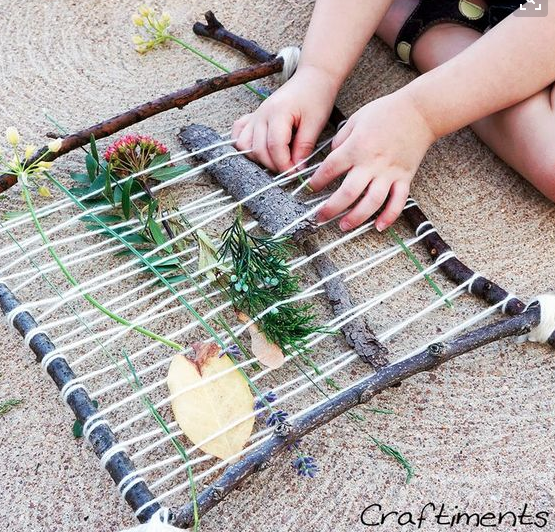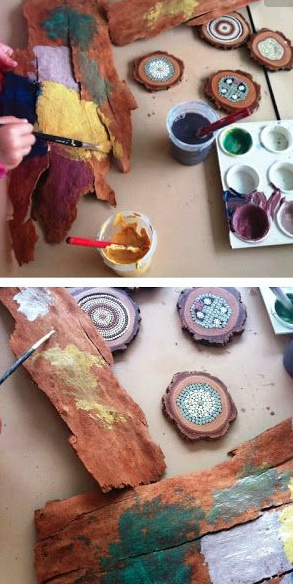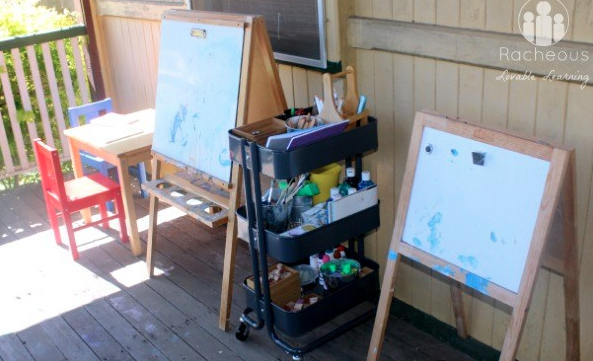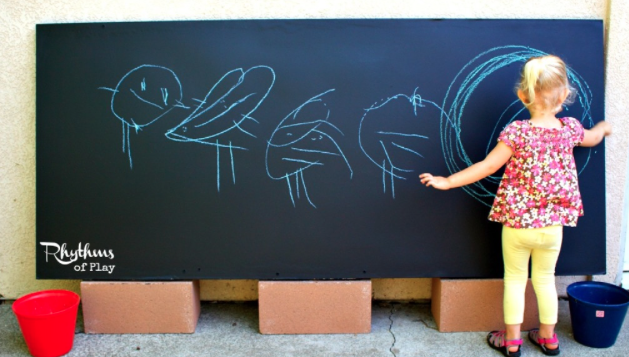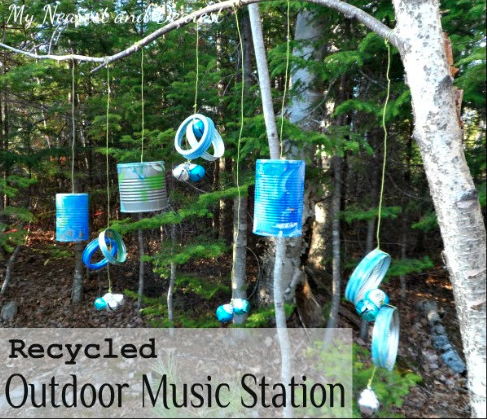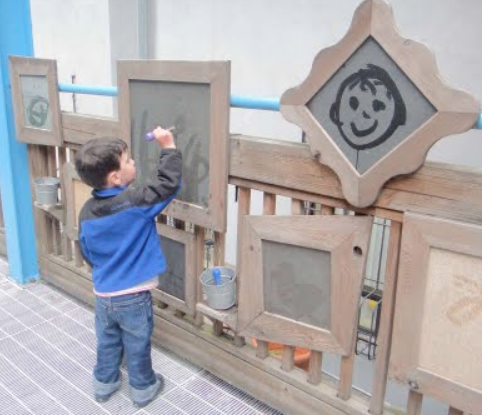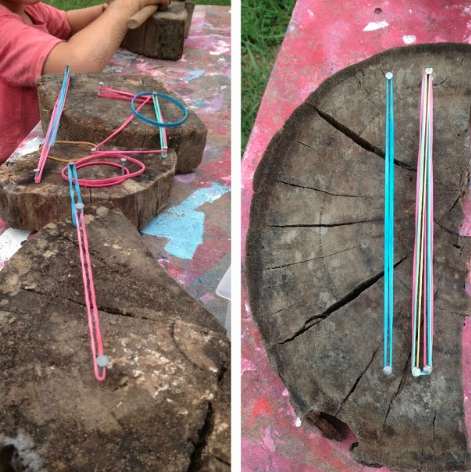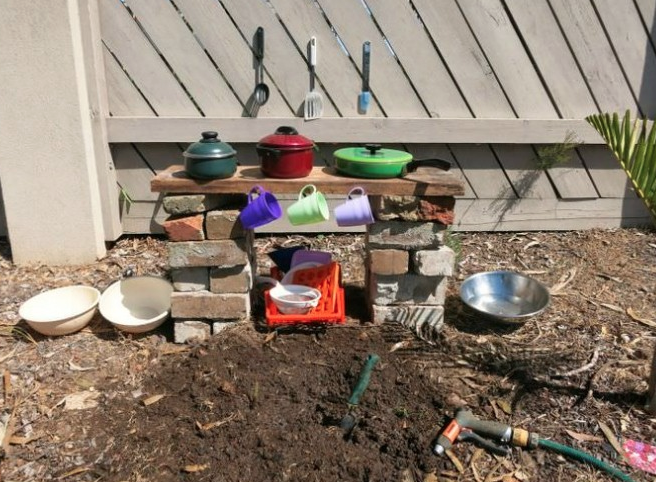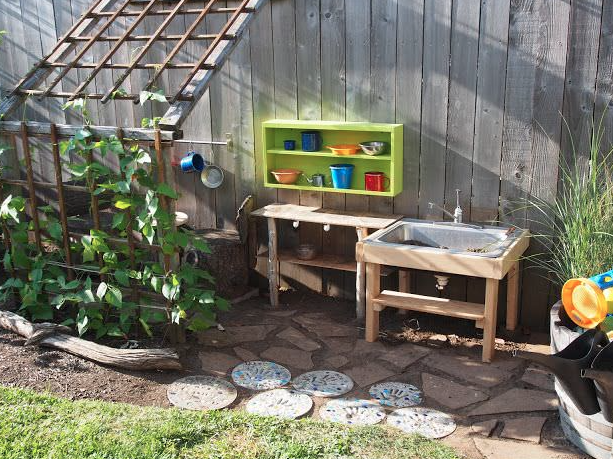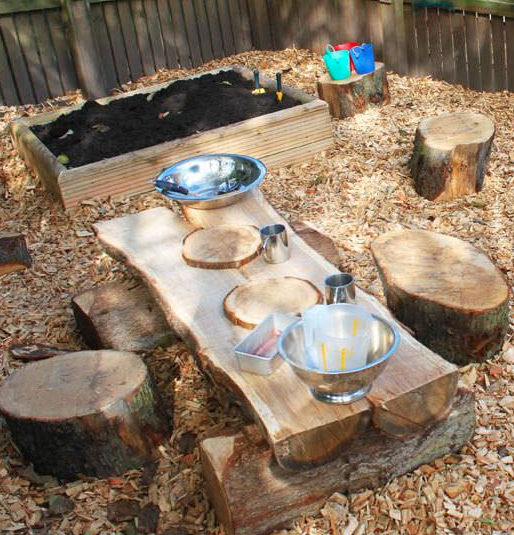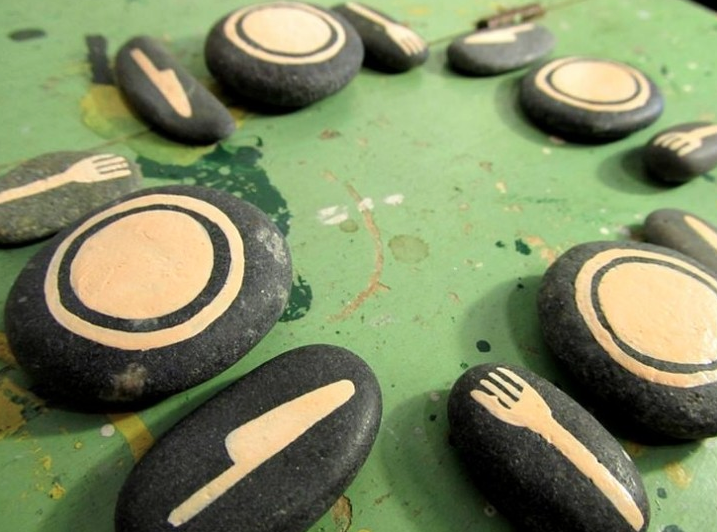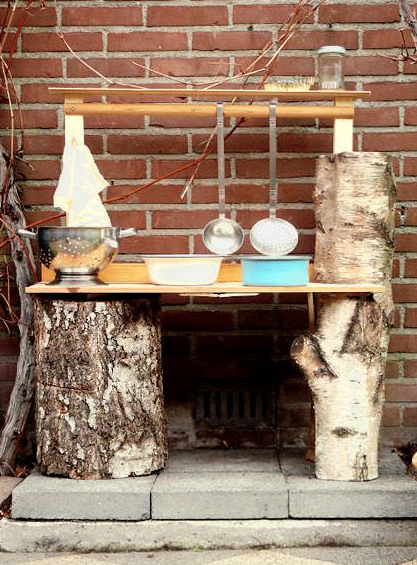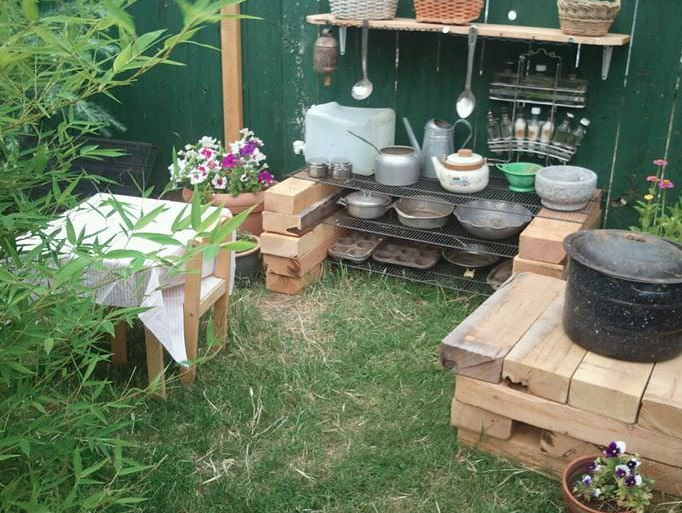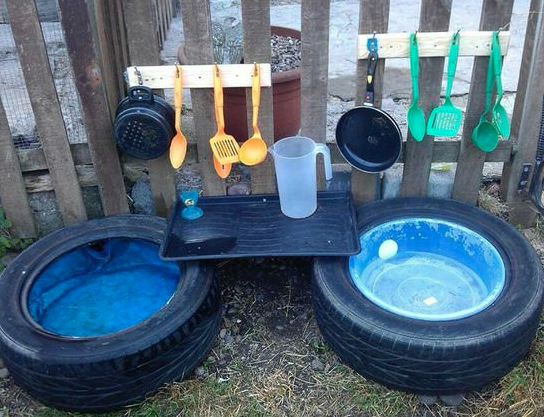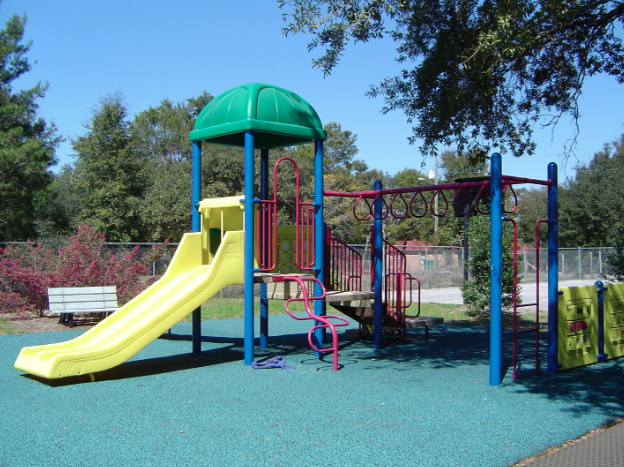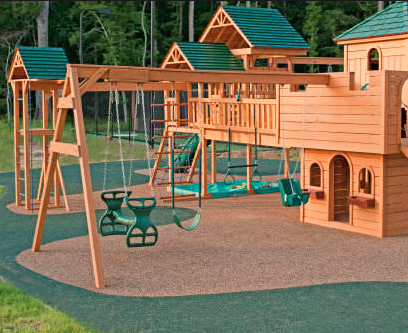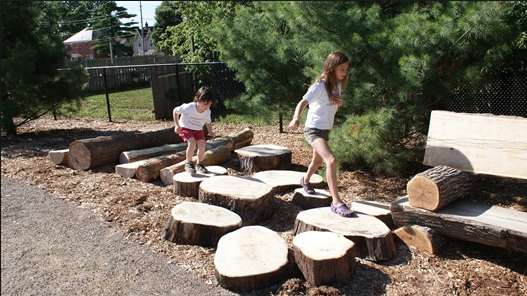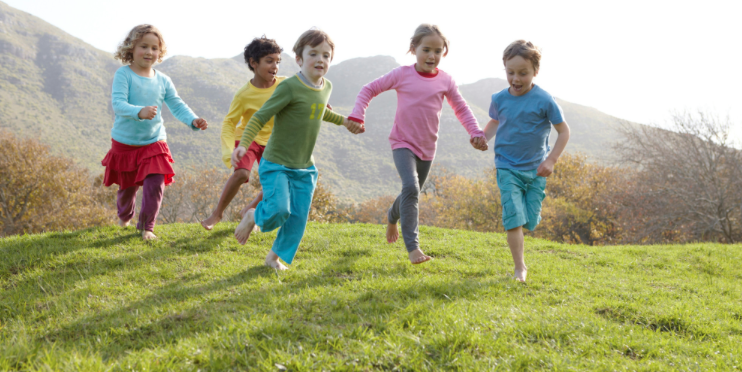This post contains quotes and my reflections from the article below:
Waller, T. (2014). “Voices in the park: Researching the participation of young children in outdoor play in early years settings.” Management in Education, 28(4), 161-166.
Tim Waller is a researcher who was part of an Outdoor Learning Project (OLP) within a daycare in England. He stated, “I seek to frame both adult and children’s participation as a spatial and relational process, and build on ideas which emphasize that participatory processes should have outcomes for children as well as adults, creating adults as a co-learners and co-interpreters” (p. 161). I found this quote thought-provoking for several reasons, the first being that he emphasized the participation of children and adults together to create the best experience within an outdoor play space. Adults can not be only listening and observing; they should be engaged in the play in order to make the children’s experiences richer and deeper.
I like that he called the process of participation spatial and relational; I think both of these things link nicely to Reggio Emilia. Spatial, to me, means that the environment (in this case, a natural one) is a teacher and has much to share with children as they discover and explore. Relational speaks to the fact that learning is social, and the relationships students make in these learning environments is a crucial aspect of their discovery. These relationships can be between students or students and teachers, and may also include self-discovery and building a knowing relationship with oneself. This quote really seems to capture that the outdoor learning space provides a very holistic approach to learning.
Finally, I enjoyed that Waller placed teachers/adults as “co-learners and co-interpreters.” This also reflects the ideals of Reggio Emilia and ECE in general: students have the freedom and capability to guide their own learning and teachers are simply there to be their partners in this learning.
Waller explained that the daycare would go to a separate natural environment by bus; it is unfortunate that they did not have their own outdoor learning space right in their daycare centre, but encouraging to note that they made this outdoor exploration a priority for their children. The children would have total freedom to engage with the environment and others as they pleased, and were encouraged to document their own experiences by taking photos and videos, as well as drawing pictures and maps of the space. When students preferred to fully engage, the teachers would document and observe the learning going on. Waller says that “The high staff–child ratio and the wide and varied space also afforded greater opportunity for child-led initiatives resulting from shared dialogue, which led to the construction of shared narratives around special places” (p. 163). It is clear that this daycare staff is doing outdoor learning right: they allow the children to choose their activities and then have conversations about what is taking/took place. This allowed the teachers at the daycare to learn more about the children’s interests and pathways to learning.
Waller cites financial cuts and the “school readiness agenda” as limitations to the OLP (p. 165-166). This reflects my own tensions with balancing holistic, play-based learning with the push of mainstream academic schooling to have early childhood students prepared to engage in more traditional and strict methods of learning.
In conclusion, Waller gives four categories that are important to consider when beginning to plan an outdoor play space, to which I have added my own questions that I would consider, in the brackets:
- allocation of the appropriate of resources to support learning in outdoor spaces (What physical equipment or tools do you need for students to engage in the space? What staffing numbers do you need? What funding might need to be in place to get this started?)
- sufficient staff time for documentation and reflection on pedagogy and practice (When and how will staff document student learning in the outdoor learning space? What tools do you need to complete this documentation – cameras, clipboards, folders, etc.?)
- staff development programmes to support the development of guided interaction and participatory processes with young children (How will the staff interact with learners in this space? To what degree will staff be involved? When do you let children play and when do you join in?)
- the need for senior staff to be strong advocates for ECEC and engage with policy-makers at local and national level (How will you defend the outdoor play space as a meaningful and important aspect of the ECE program? What challenges might you face in implementing and maintaining this type of learning environment? What regulations exist in regards to outdoor play spaces?)


